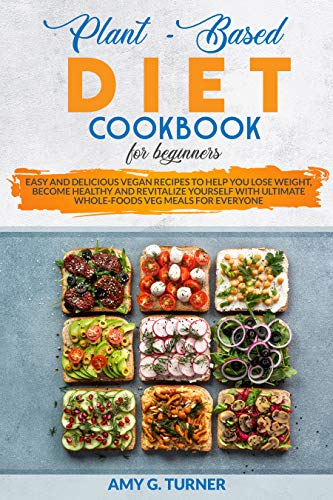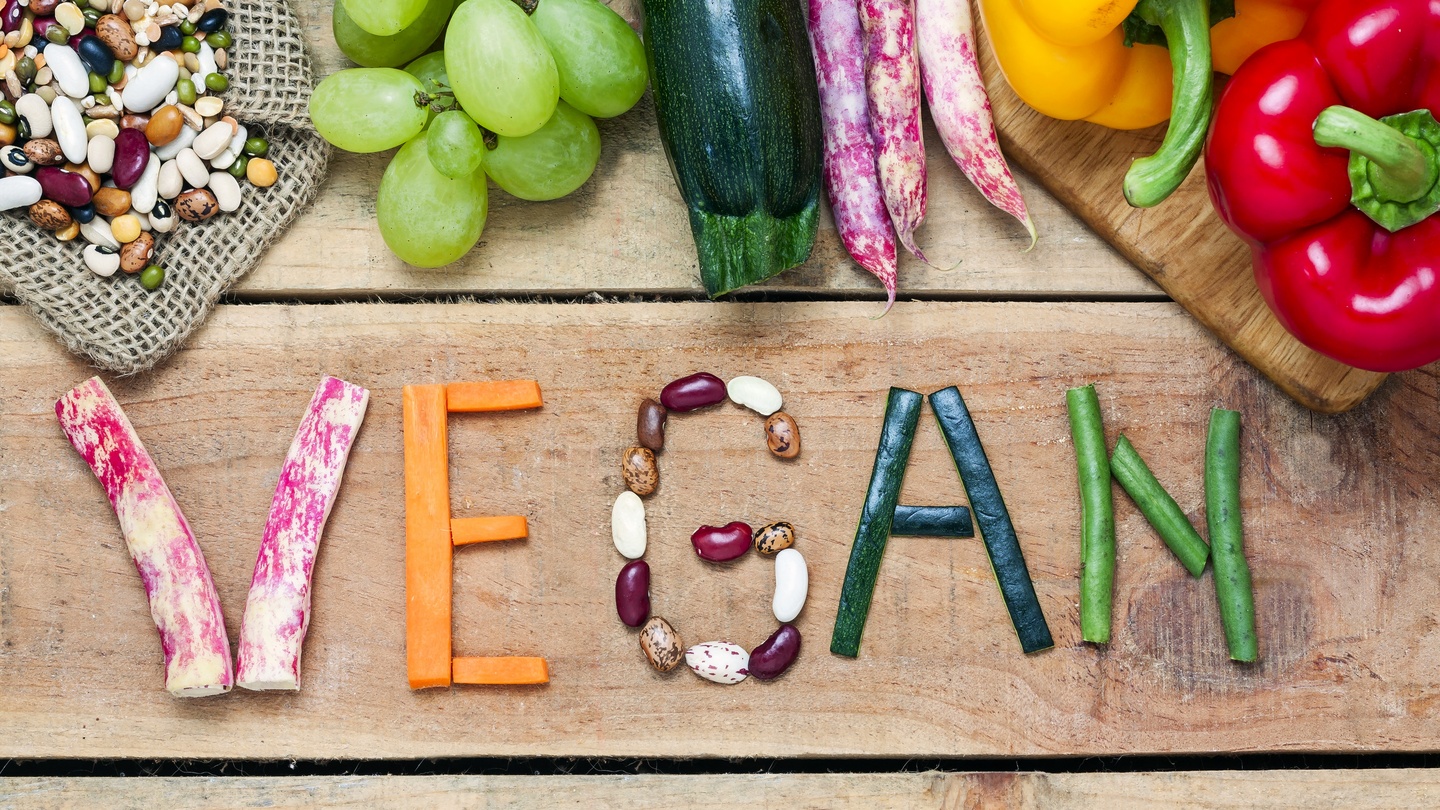
There are many aspects of vegan studies. There are books written by scholars and those written for the general public. Some books offer very detailed scholarship while others have more general ideas. This book combines the most important moments of the history of vegetarianism and sketches of individual figures to make vegan research more accessible. This book also explains the history of religious vegetarianism including its origins from India. It emphasizes the need to be non-violent toward nonhuman animals and humans.
Research agenda of the vegan studies network
It used prioritization to identify research questions that the network should address. This exercise generated a list of 15 questions, organised under five themes. While some of these questions could be general and used to guide large research programs, others will focus on specific aspects related to food system transformation.
It involved involving researchers from outside the European Union, as well disciplines that are not veganism, to help decide the research priorities. There are many challenges in this research area. This network should have a diverse membership to help overcome the challenges. This includes people from different fields, as well those who are passionate about animals.

The research goals of the network are vast. They include topics such as health, education, nutrition, catering, and social responsibility. They include knowledge about animal welfare and its relationship to human well-being. They also focus on issues related to the environment and sustainability, including sustainable agriculture and animal agriculture.
It is time to include more non-white voices into veghistory
BIPOC and Black voices in the vegan community are often overlooked. There is also a need to increase their representation throughout history. Black Americans are three times more likely to be vegan than whites, but Black vegans often get left out of the conversation. This is particularly significant given that veganism is expensive and disproportionately impacts low-income people.
There are a number of reasons for this. One is that white vegans are often unable to see the root causes of animal welfare problems, and instead choose to support 'green capitalism' by rewarding large corporations for being 'eco-friendly.' This ignores that mass production will not save the earth.
You are looking for vegan cookbooks?
More cookbooks are needed to help vegans prepare delicious meals without using animal products. The term "vegan", though often used interchangeably with vegetarian, is not the same thing. Vegans eat only plant-based food, while vegetarians eat certain animal products like dairy products.

There are hundreds and thousands of vegan cookbooks out there, but the best ones are 100% vegan. These cookbooks have a wide range of dishes. From vegetarian burgers to pasta, vegetarian stews to decadent desserts, you can find everything you need to create delicious meals. Many offer nutritional advice and grocery lists.
Whether you're a newcomer to vegan cooking or an experienced vegan, finding a good vegan cookbook is essential. It is important that the cookbook comes from a reliable source and contains recipes that cost less then $30 per week. Toni Okamoto proved that vegan cooking doesn’t need to be costly!
FAQ
How can I get enough vitamins?
Your diet can provide most of your daily requirements. Supplements can be helpful if you are lacking in any one vitamin. A multivitamin can contain all the vitamins that you need. You can also buy individual vitamins in your local drugstore.
Talk to your doctor if there are any concerns about getting adequate nutrients. Some examples of rich sources of vitamins E and K include dark green leafy vegetables, such as spinach.
Ask your doctor for advice if you are unsure how much vitamin to take. The doctor will determine the proper dosage based upon your medical history as well as your current health.
What are 10 healthy behaviors?
-
Have breakfast every day.
-
Don't skip meals.
-
Eat a balanced, healthy diet.
-
Get plenty of water.
-
Take care of yourself.
-
Get enough sleep.
-
Stay away from junk foods.
-
Do some type of exercise daily.
-
Have fun
-
Meet new people.
Here are 7 ways to live a healthy lifestyle.
-
Eat right
-
Exercise regularly
-
Sleep well
-
Get plenty of water.
-
Get adequate rest
-
Be happy
-
Smile often
How do I find out what's best for me?
Your body is your best friend. Your body knows best when it comes to how much exercise, food, and rest you need. It's important to pay attention to your body so you don't overdo things. You must listen to your body to ensure you are healthy.
Statistics
- In both adults and children, the intake of free sugars should be reduced to less than 10% of total energy intake. (who.int)
- Extra virgin olive oil may benefit heart health, as people who consume it have a lower risk for dying from heart attacks and strokes according to some evidence (57Trusted Source (healthline.com)
- According to the 2020 Dietary Guidelines for Americans, a balanced diet high in fruits and vegetables, lean protein, low-fat dairy and whole grains is needed for optimal energy. (mayoclinichealthsystem.org)
- The Dietary Guidelines for Americans recommend keeping added sugar intake below 10% of your daily calorie intake, while the World Health Organization recommends slashing added sugars to 5% or less of your daily calories for optimal health (59Trusted (healthline.com)
External Links
How To
What does the term "vitamins" mean?
Vitamins are organic substances found naturally in food. Vitamins are essential for our bodies to absorb nutrients from the foods we eat. Vitamins cannot come from the body so food must provide them.
There are two types: water-soluble and fat-soluble vitamins. Water soluble vitamins dissolve easily in water. You can find vitamin C,B1 or thiamine, B2 or riboflavin and B3 or niacin. B6 is pyridoxine. Folic acid, biotin and pantothenic are some examples. Fat-soluble vitamins are stored within the liver and in fatty tissue. Vitamin D, E, K and A are some examples.
Vitamins can be classified according to biological activity. There are eight main groups of vitamins.
-
A - Vital for healthy growth.
-
C is important for nerve function and energy production.
-
D - Essential for healthy teeth and bones.
-
E - required for good vision & reproduction.
-
K - Essential for healthy muscles and nerves.
-
P - essential for strong bones, teeth and tendons
-
Q - aids digestion and absorption of iron.
-
R - Red blood cells are made from red blood cells.
The recommended daily allowance for vitamins (RDA) varies according to age, gender, or physical condition. The U.S. Food and Drug Administration, (FDA), sets the RDA value.
For example, the RDA for vitamin A is 400 micrograms per dayfor adults 19 years or older. Because it is essential for the development of the fetus, pregnant women should consume 600 micrograms per days. Children ages 1-8 require 900 micrograms per day. Infants under one year of age require 700 micrograms per day, but this amount decreases to 500 micrograms per day between 9 months and 12 months of age.
Children between the ages of 1-18 need 800 micrograms per daily for obesity, while those overweight require 1000 micrograms. To meet their nutritional needs, children underweight and obese need 1200micrograms.
Children between 4-8 years of age who have been diagnosed by anemia must consume 2200 micrograms daily of vitamin C.
2000 micrograms daily is required for adults over 50 to maintain their general health. Breastfeeding or pregnant women require 3000 micrograms per daily due to higher nutrient demands.
1500 micrograms is the recommended daily intake for adults aged 70+, as they lose 10% of their muscle every ten years.
Women who are pregnant, nursing or breastfeeding need more than the RDA. Pregnant mothers need 4000 micrograms per daily during pregnancy and 2500 after giving birth. Breastfeeding mothers need to consume 5000 micrograms each day when breastmilk has been produced.